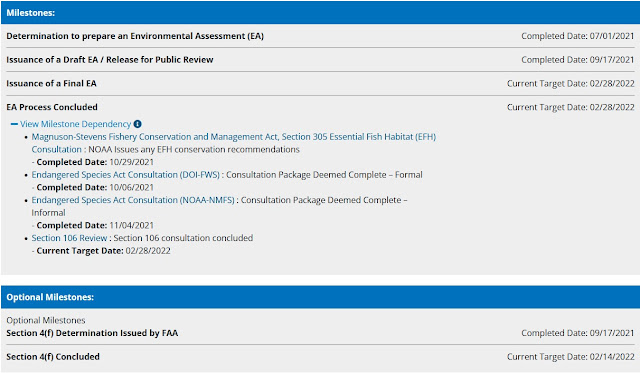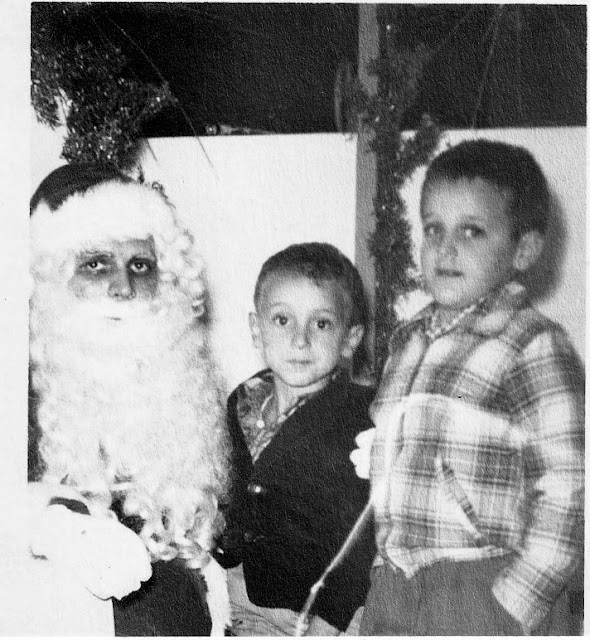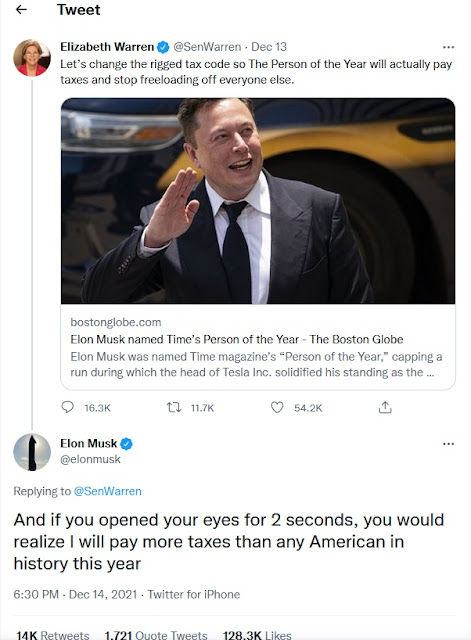Janus, of course, was the Roman god with two faces, one to look backward and one to look forward. The name January is from his name and it's common for folks to look backward over the previous year and forward to the next year. I'll do the same.
At the end of 2021, American freedom is - at best - on the ropes. No matter where you look, you see the appearance of an emerging police state. From the shutdowns and vax passports in places like NYC, to Federal "jab or job" mandates, to the feds blaming every problem on the unvaccinated. At best, it's pitting groups of citizens against each other.
There is apparently an all-out effort to turn groups against each other based on trivial characteristics like race (think of the 1619 Project). Those of us who lived through the "Civil Rights Act" period of the 1960s thought the problem was solved 50 years ago. I guess there was no money for the race hustler industry when people get along. Take a look around my small southern city, in the churches or other gathering places and you'll find mixed race couples don't even get a second glance; it's just common, ordinary, normal life. With the incessant talk of white supremacy, I had to think long and hard to try to remember if I'd ever met anyone who showed clear racial hatred. Can't think of one. Living just short of 68 years in various small cities in the south (or suburbs to bigger cities) I can't recall anyone openly talking hatred to blacks or any other group.
Will 2022 be much better? Maybe in some areas; people are becoming aware of, and voicing opposition to Critical Race Theory (a way of teaching, not a subject) and things like the 1619 Project. Economically, I don't see much chance of things getting better. Judging by the number of email offers I've gotten saying prices are going up after the first, it looks like there's going to be another surge in inflation. Potentially to numbers worse than any time in our history. The inflation caused by the massive creation of money by the Fed is being made worse by the genuine supply/demand imbalances caused by supply chain issues you've read about everywhere along with economic damages from the Covid lockdowns. No, Liz Warren; no, Brandon, it's not being caused by "greedy stores."
Inflation is caused by Keynesian Federal Reserve economic policies that push creating money from nothing. As I say, this is complicated/worsened by other things that would have pushed up prices due to actual shortages (supply/demand imbalances). The only way this gets fixed is by a Paul Volker-like head at the Fed winding that money back in with very high interest rates, but high enough rates might not be possible. It might be more years of painful interest rates.
Is 2022 the year the western economy collapse? Could be. Is 2022 the year the open shooting starts? Same answer.
Should you believe me? Heck, no! I'm just some dood on the Intertubes with a blog. Much of this post is a redo of my New Year's Eve post from 2010, with some changes to make it look more relevant. The conclusion is word for word the same (except for the year). I was wrong about that in 2011 and I'm probably wrong now. Happy New Year!! Thanks for stopping by.


























